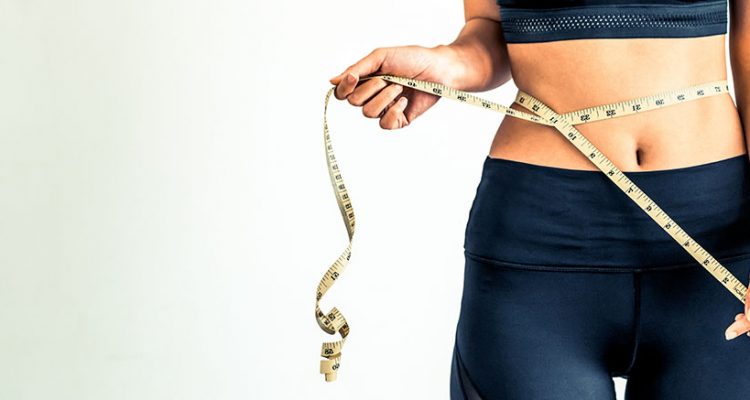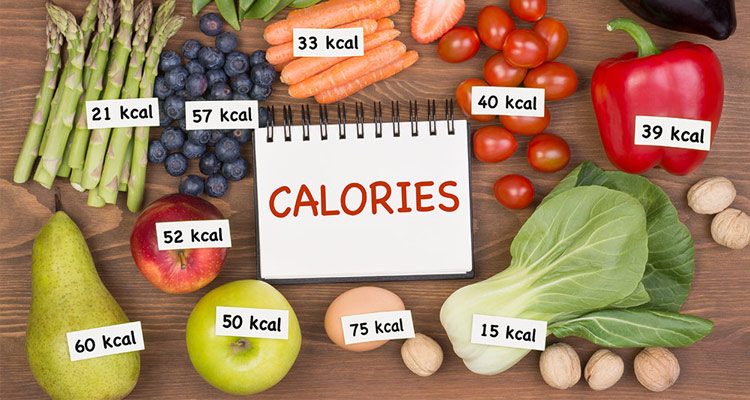As a doctor, I have known for some time that carrying excess fat around your middle is bad for your health. However, in recent years, science has shown a worrying extra bit of research that suggests you don’t have to be overweight for your waist size to affect your health!
So, what is it about belly fat that makes it so intrinsically linked with our health?
You can probably tell just by looking around that there are two main types of fat distribution. Some people (usually women) carry their fat around their bottom and thighs but their upper body is relatively slim – the classic pear shape. Others – we call them apples – carry their fat around the middle and often have fairly slim legs. It’s the classic ‘beer gut’ shape that many overweight men have.
Although any excess weight can cause health problems for your joints, your breathing, your risk of developing some forms of cancer and many other issues, the so-called ‘belly fat’ is associated with a particular pattern of health problems that we call the ‘metabolic syndrome’. That includes type-2 diabetes, fatty liver disease, high blood pressure and heart disease. In this situation, the fat isn’t so much laid down beneath the skin, but is found in increased amounts inside your body cavities – in and around your vital organs. Whilst it’s still not clear why fat accumulates in different ways and places around the body – we do know that the stress hormone ‘cortisol’ can increase central fat deposits. Another reasons to try and combat those stress levels!
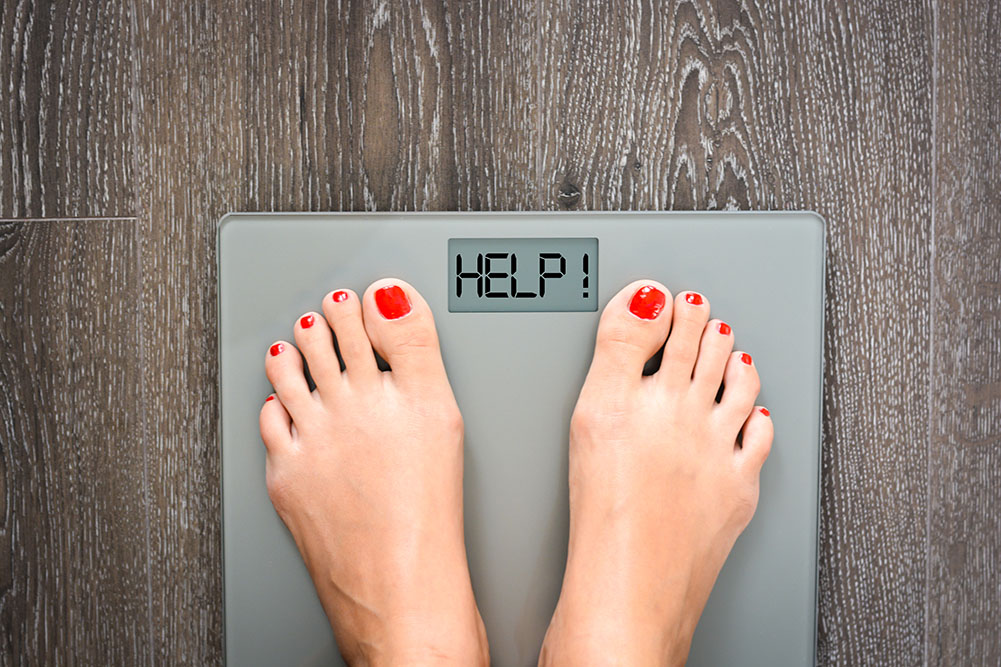
Is weight as a measurement useful in itself?
Many people, doctors included, focus on weight as an indicator of health. However, weight obviously varies with height. Therefore, we often use a measure called Body Mass Index or BMI, which takes into account your height by providing a ratio of weight to height. To work out your BMI you need to divide your weight in kg by your height in metres. Then divide the answer by your height in metres again.
So, for example, a 100kg woman with a height of 1.6m will have a BMI of 100 /1.6/1.6 = 39kg/m2.
Depending on your BMI, you will then fit into one of the following categories, which reflect the potential health risk. Any BMI over 35 is a serious risk to health, so much so that people may be eligible for surgery to reduce that risk.
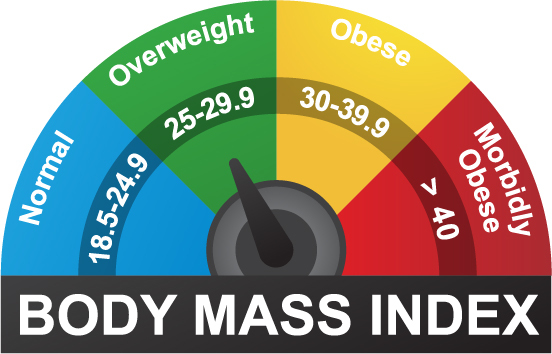
However, before you get hung up on the BMI scale – it has its limitations. It is not as useful for children for instance, nor for athletes who may have a high BMI but very little fat… all their weight is muscle!
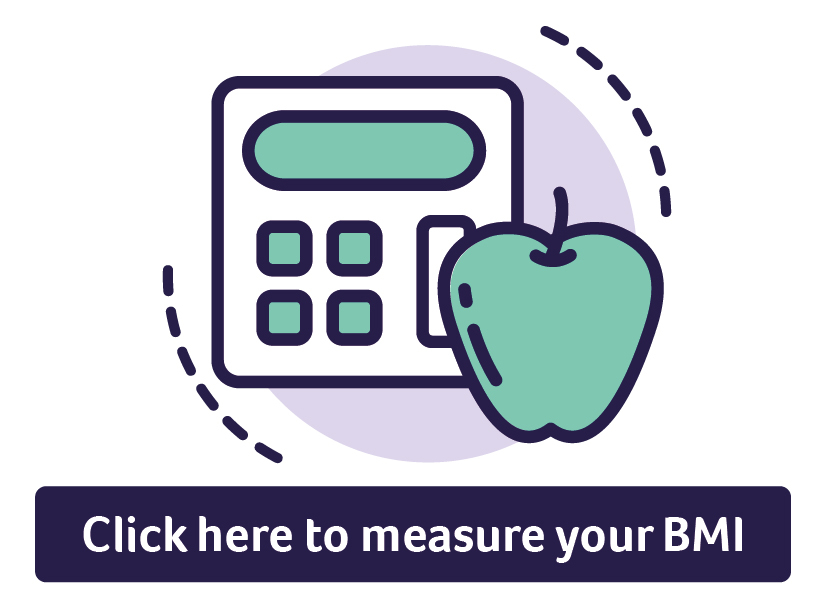 Waist measurement is better
Waist measurement is better
So, a lot more focus is now placed on waist measurement as an accurate measure that correlates better with health risk. The study I mentioned earlier assessed data from over 650,000 people and found that the risk of disease increased consistently with every 5cm increase in waist measurement – to the point where they predicted that those people with the largest waist measurement would die 3-5 years earlier than those with the lowest! It was worrying to see from this and another review, that even people with normal BMI but increased waist measurement had a 20% increased risk of dying early than people with normal BMI and normal waist circumference. So it seems our waist measurement really is the one to keep an eye on. Being a ‘healthy weight’ is not enough anymore!
The waist-to-hip ratio is an even more useful indicator that someone has an “apple” shape. If your hip measurement is a lot smaller than your waist measurement, you are in trouble! Another study of 32,000 women found that women with the highest BMI and waist:hip ratio were 29 x more likely to have diabetes than the women with lowest BMI and waist:hip ratio.
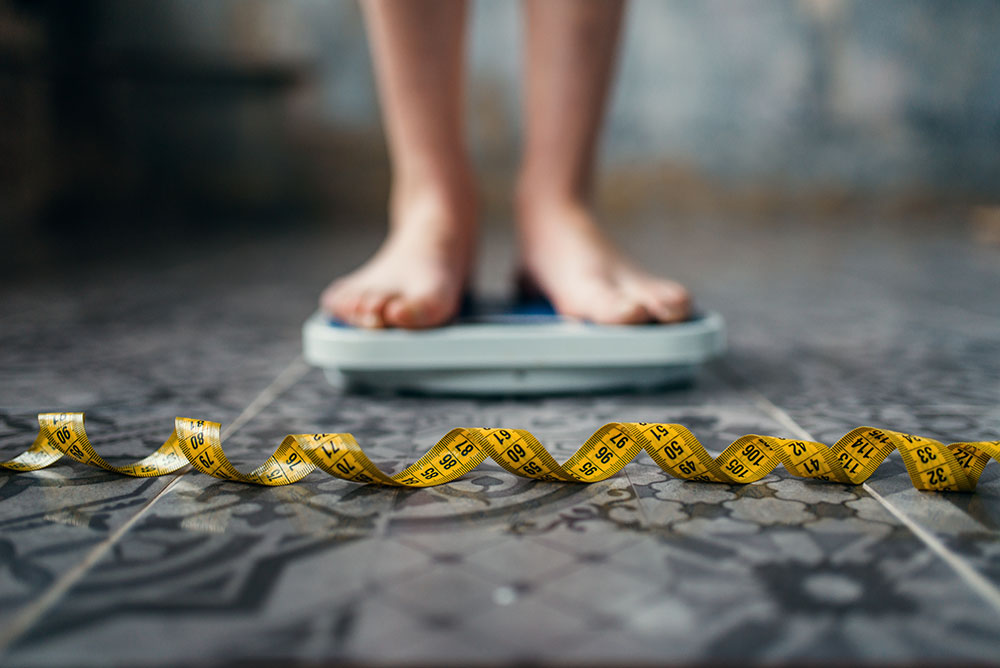
So what can we do?
First of all, be aware – waist measurement may be a more useful measure of your health and well-being than weight alone. To see if you have a potential problem, work out your waist : hip ratio as your waist size can vary considerably depending on your sex, height and build.
If your waist : hip ratio is over 0.85 for women or 1 for men, you need to try to reduce your waist circumference. Overall weight reduction will obviously help. Also, studies have shown that aerobic exercise is effective at reducing central obesity and liver fat…so no excuses! On your bike! (or whatever exercise you fancy!).
So, the message is clear – if you are struggling to do up the button on your trousers, your health is at risk. Don’t buy a bigger size – lose the waist instead!
A step-by-step guide to measuring your waist and calculating your waist to hip ratio
It’s not as easy as it sounds – particularly if you don’t have a clear waist!
1. To find the right place to measure, feel for your hip bone on one side then feel for your bottom rib.
2. Halfway between is where your waist should be – it may be level with your tummy button – unless your tummy is heading towards the floor!
3. Ideally, your waist should measure less than 32” (80cm). 32-35” (80-88cm) is high – anything over that is very high.
4. Then measure your hips. This is the widest point, incorporating your buttocks, which may be a bit below your actual hip bones!
5. Divide your waist measurement by your hip measurement to get your waist-to-hip ratio.
References:
Cerhan JR, Moore SC, Jacobs EJ, Kitahara CM, Rosenberg PS, Adami HO, Ebbert JO, English DR, Gapstur SM, Giles GG, Horn-Ross PL, Park Y, Patel AV, Robien K, Weiderpass E, Willett WC, Wolk A, Zeleniuch-Jacquotte A, Hartge P, Bernstein L, Berrington de Gonzalez A. A pooled analysis of waist circumference and mortality in 650,000 adults. Mayo Clin Proc. 2014 Mar
Lee S, Deldin AR, White D, Kim Y, Libman I, Rivera-Vega M, Kuk JL, Sandoval S, Boesch C, Arslanian S. Aerobic exercise but not resistance exercise reduces intrahepatic lipid content and visceral fat and improves insulin sensitivity in obese adolescent girls: a randomized controlled trial. Am J Physiol Endocrinol Metab. 2013
Koster A, Leitzmann MF, Schatzkin A, Mouw T, Adams KF, van Eijk JT, Hollenbeck AR, Harris TB. Waist circumference and mortality. Am J Epidemiol. 2008 Jun
Björntorp P. Do stress reactions cause abdominal obesity and comorbidities? Obes Rev. 2001 May
Folsom AR, Kushi LH, Anderson KE, Mink PJ, Olson JE, Hong CP, Sellers TA, Lazovich D, Prineas RJ. Associations of general and abdominal obesity with multiple health outcomes in older women: the Iowa Women’s Health Study. Arch Intern Med. 2000 Jul
